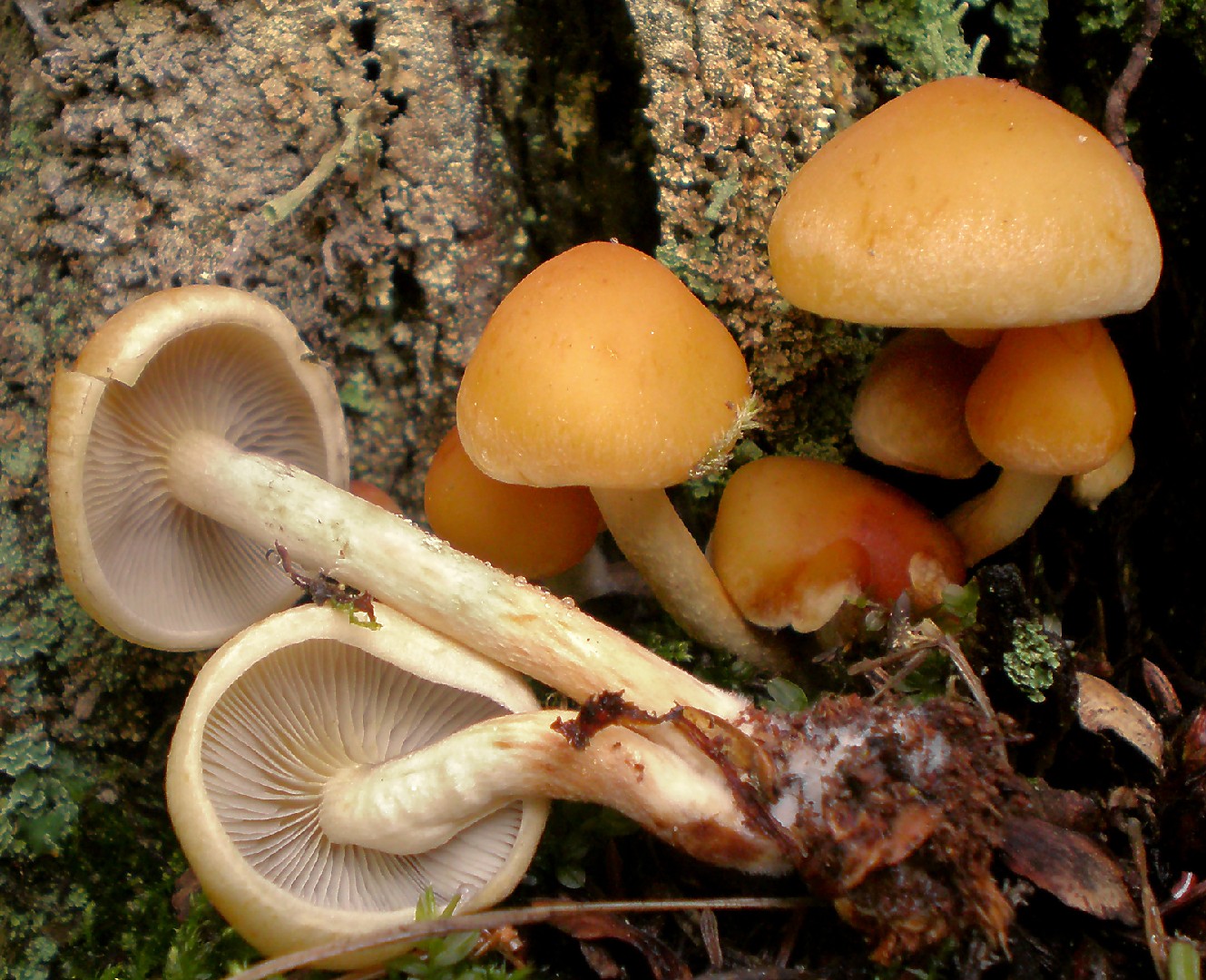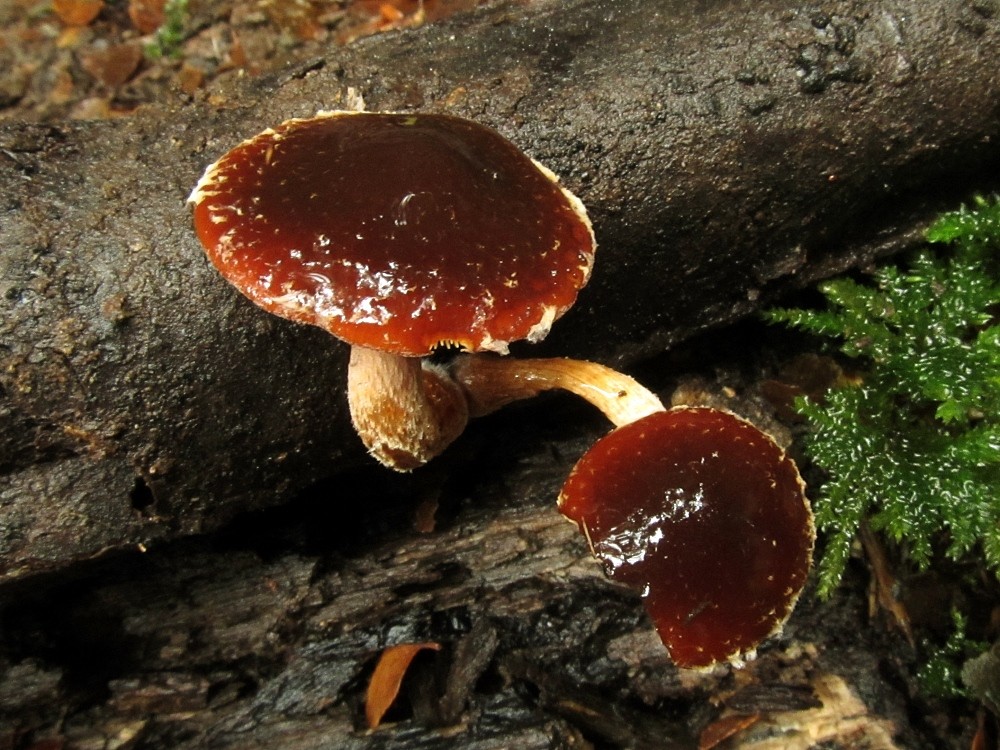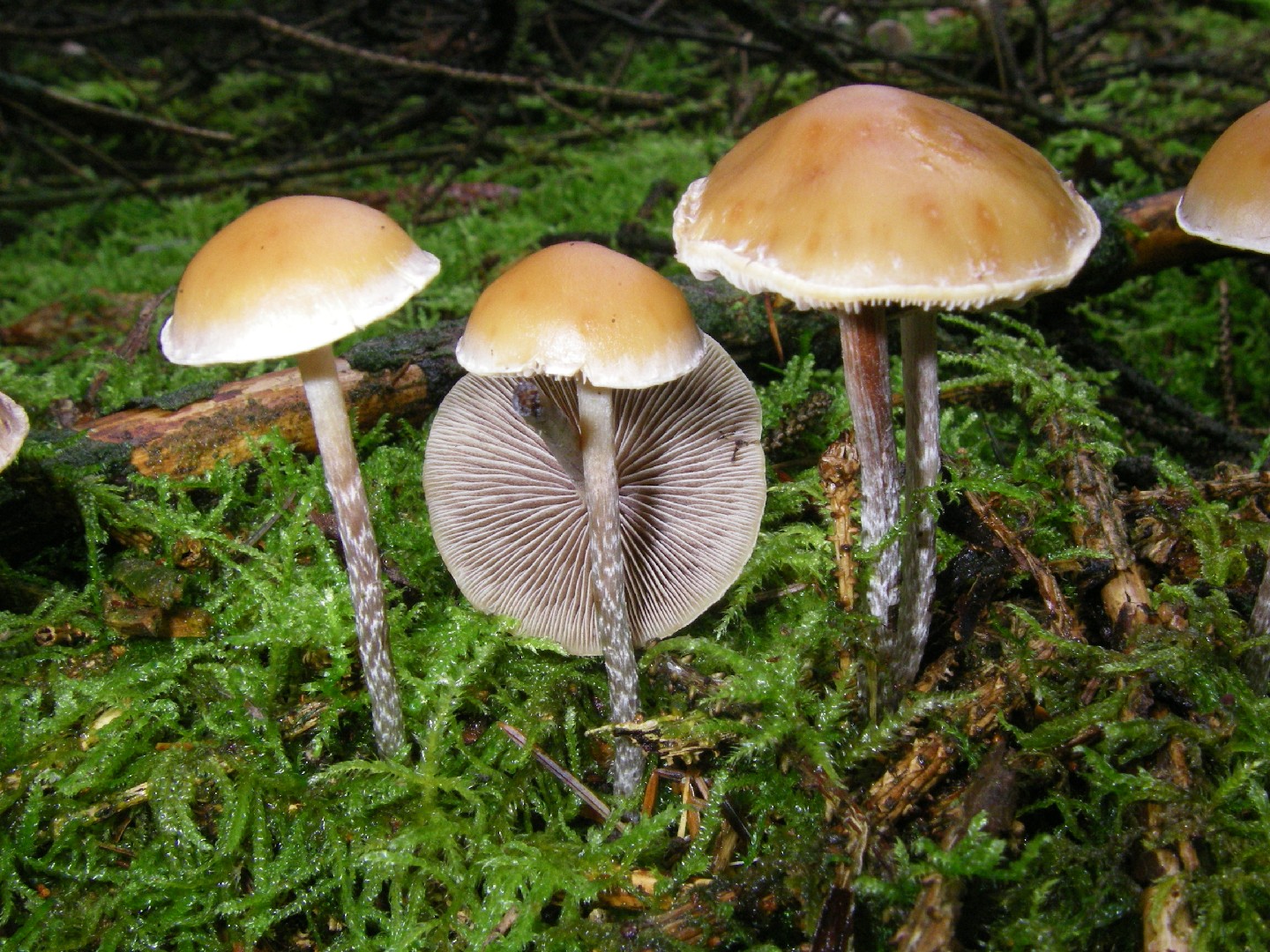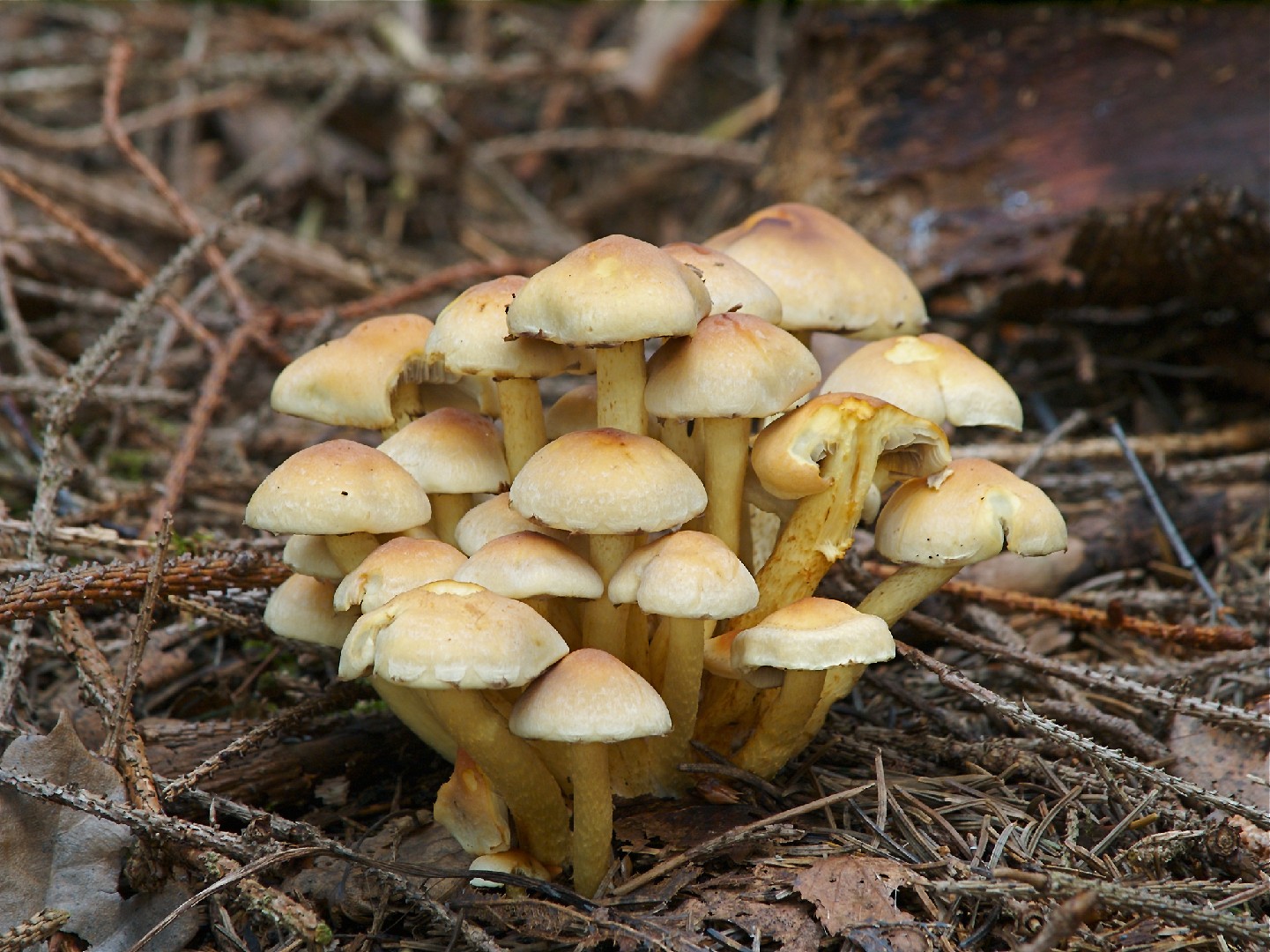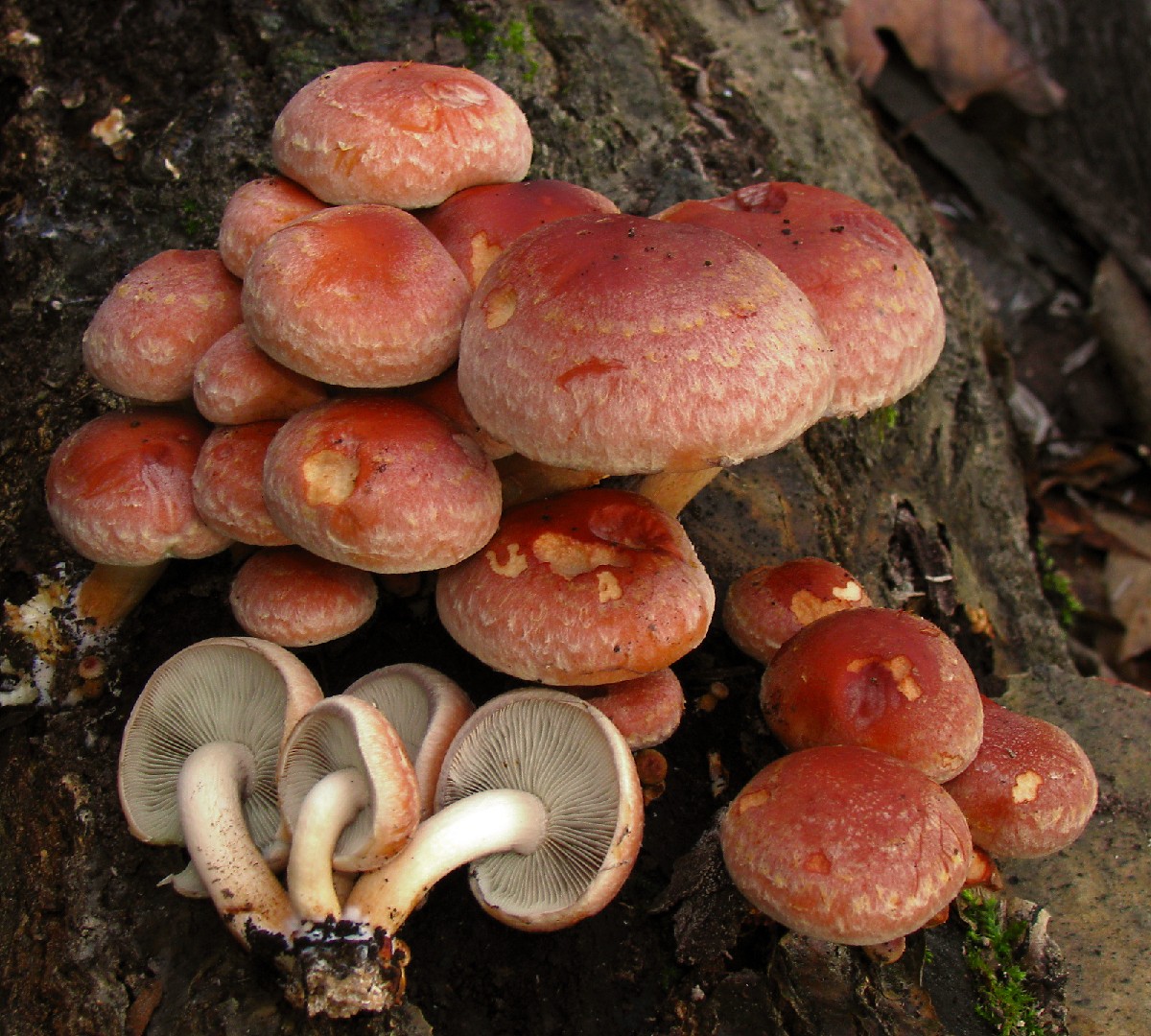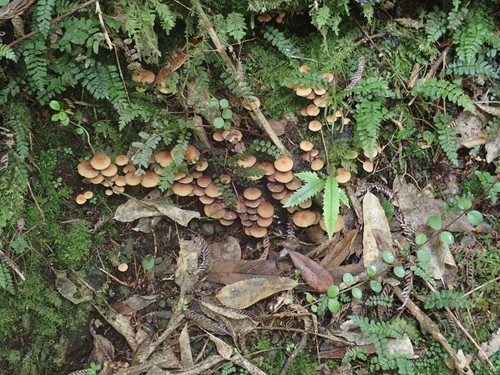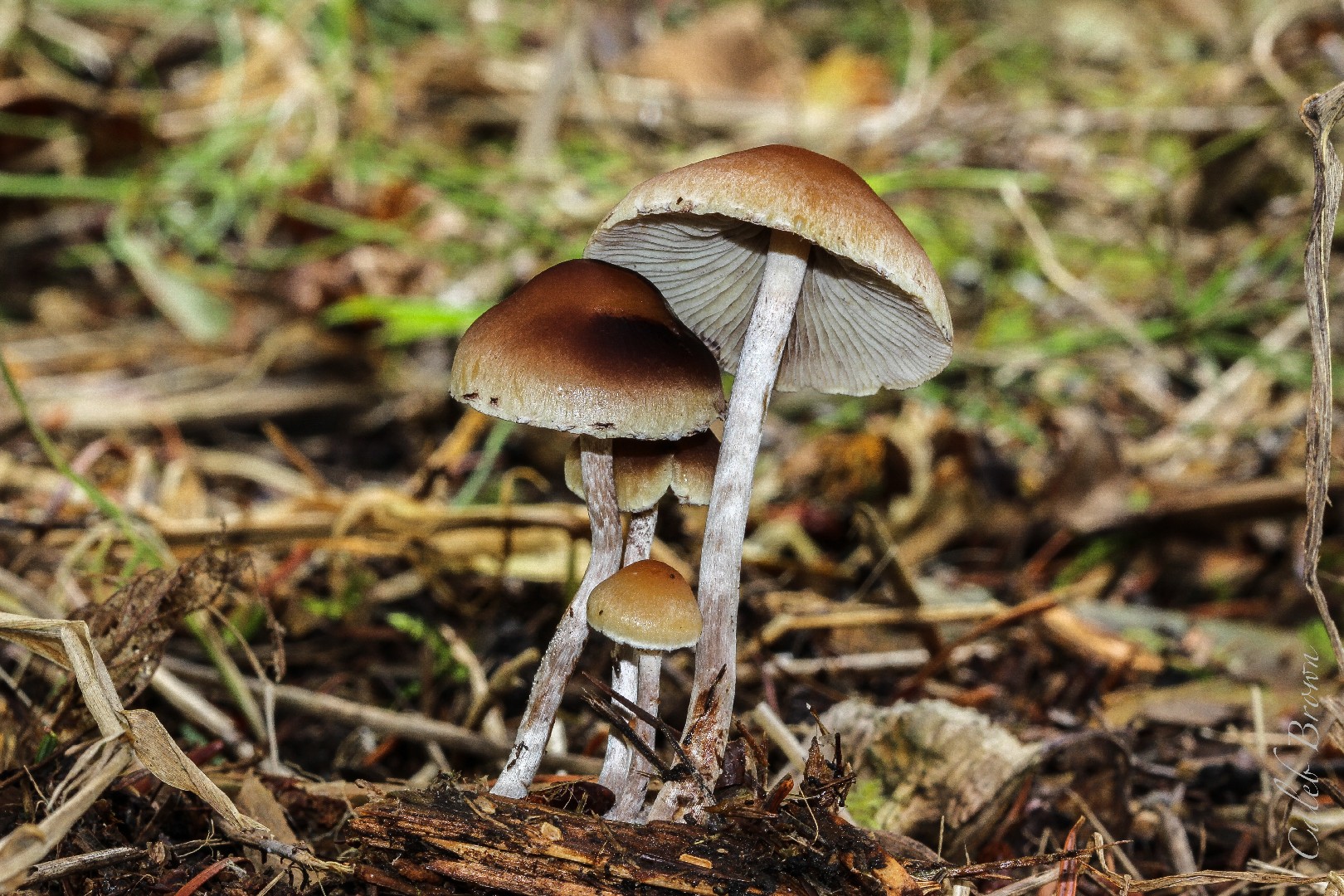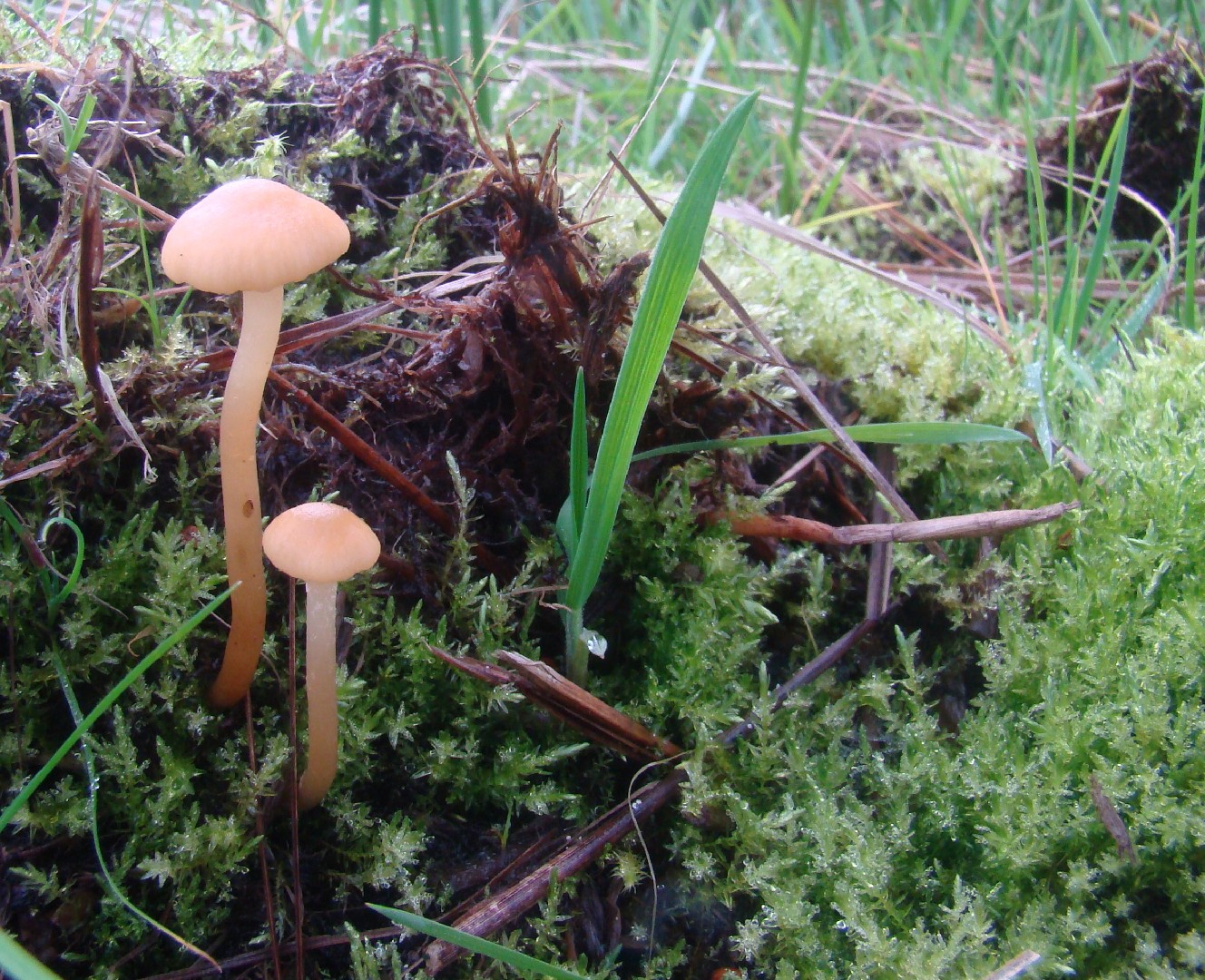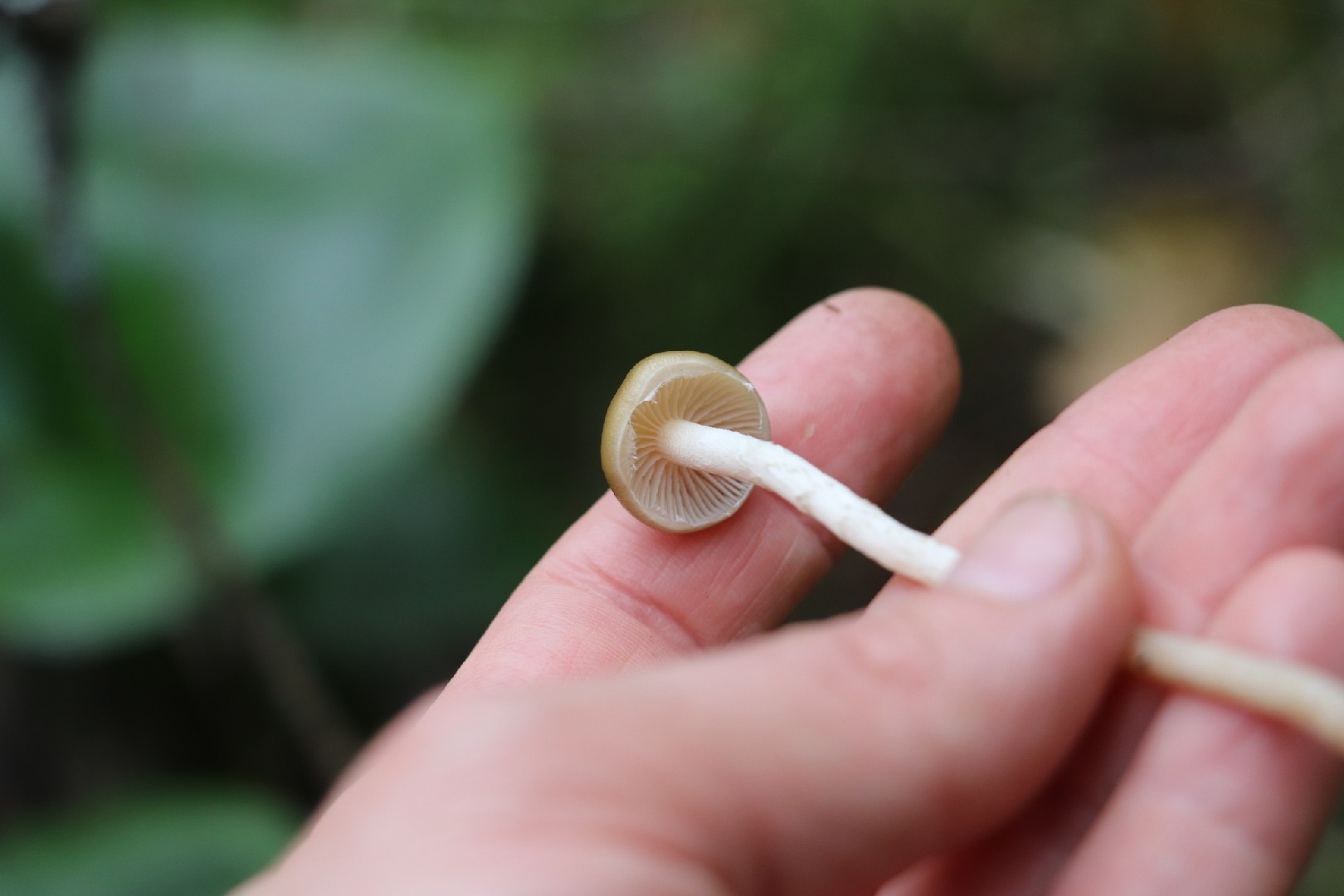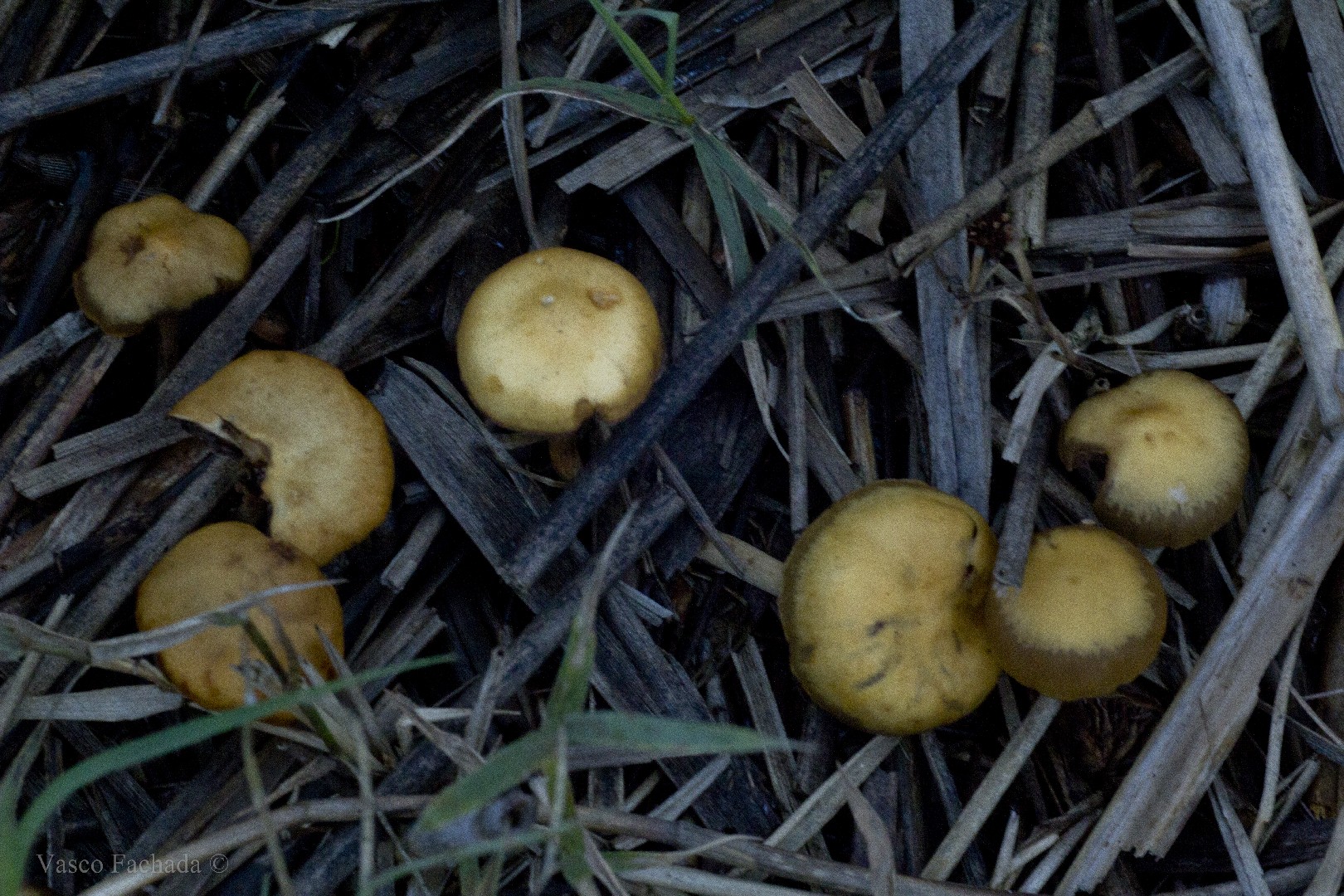Hypholoma
Scientific name: Hypholoma
Hypholoma
Scientific name: Hypholoma
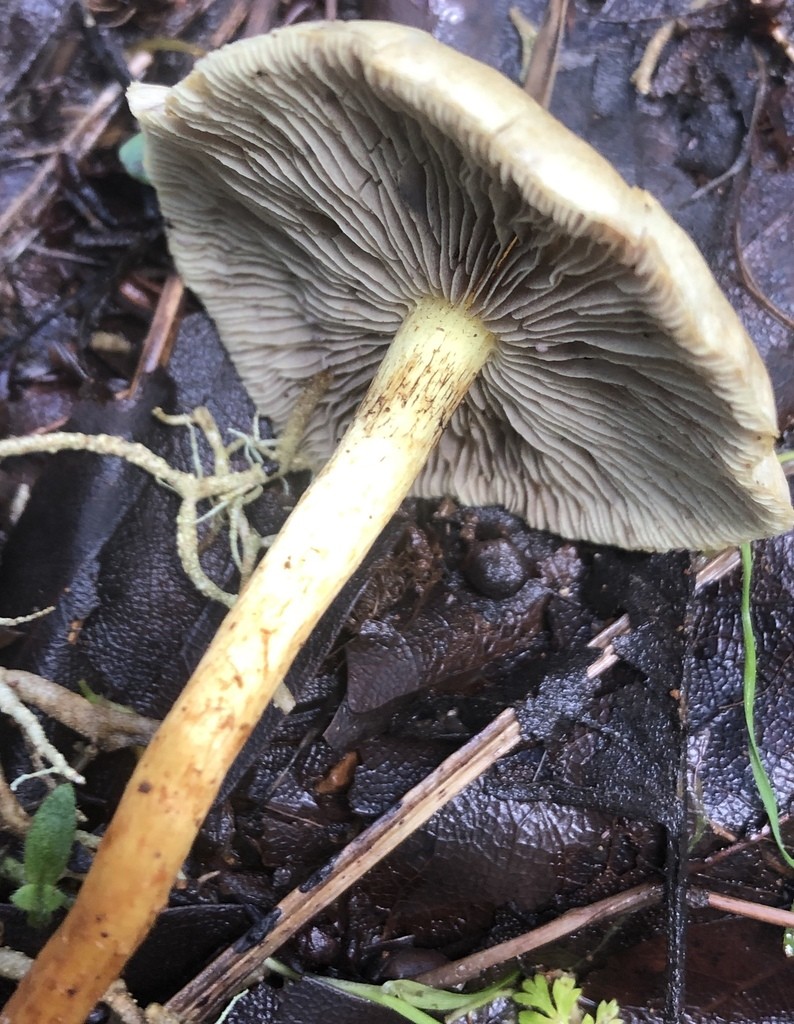 Photo By Liam O'Brien , used under CC-BY-4.0 /Cropped and compressed from original
Photo By Liam O'Brien , used under CC-BY-4.0 /Cropped and compressed from original Description
Hypholoma are fungi known for their clustered growth, often found on decaying wood. Many species in this group exhibit vibrant cap colors, ranging from bright yellows to deep browns. These fungi play an important role in forest ecosystems by breaking down organic matter and recycling nutrients. They typically have a fibrous texture and can be seen forming dense groups, especially during wet seasons. Some species within this group are known for their mildly bitter taste.
Species of Hypholoma
Scientific Classification
Phylum
Club fungi Class
Mushroom-forming fungi Order
Gilled fungi Family
Hymenogastraceae Genus
Hypholoma 